Introduction: Why Japanese Curry is Not Like Any Other Curry
If you've ever found yourself drooling over a bowl of Japanese curry, you're not alone. It's thick, savory, slightly sweet, and utterly addictive — but what makes it so unique? This guide is designed specifically for home cooks and food enthusiasts seeking authentic Japanese curry mastery. You'll gain actionable knowledge to deconstruct ingredients, customize regional variations, and solve common cooking challenges — transforming your kitchen into a Japanese comfort food haven.
What sets Japanese curry apart is its fascinating evolution from colonial adaptation to national icon. Introduced through British naval rations during the Meiji era, it was radically transformed by Japanese home cooks who blended Western techniques with local ingredients. This created a culinary paradox: a 'foreign' dish now considered Japan's ultimate comfort food, characterized by its precise sweet-savory balance and regional identity markers often overlooked in mainstream recipes.
Table of Contents

Key Ingredients in Japanese Curry
At its core, Japanese curry relies on just a few ingredients. However, each plays a crucial role in shaping the final flavor profile. Let’s break them down:
- Onions: The base layer of flavor, caramelized slowly to bring out sweetness.
- Carrots & Potatoes: Starchy vegetables that thicken the curry and add texture.
- Meat or Tofu: Typically beef, pork, or chicken, though vegetarian versions use tofu or mushrooms.
- Curry Roux: Pre-made blocks containing spices and flour, used to thicken and flavor the curry.
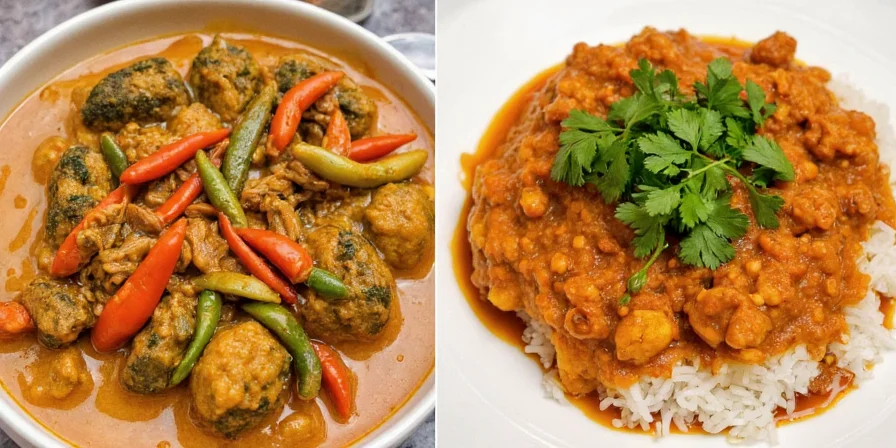
| Spice | Flavor Contribution | Origin Influence |
|---|---|---|
| Turmeric | Earthy, warm, and gives the curry its signature golden color | Indian roots |
| Cumin | Smoky depth; balances sweetness | Middle Eastern influence |
| Paprika | Mild heat and vibrant red hue | Spanish & Hungarian ties |
| Coriander | Citrusy, floral tones | South Asian inspiration |
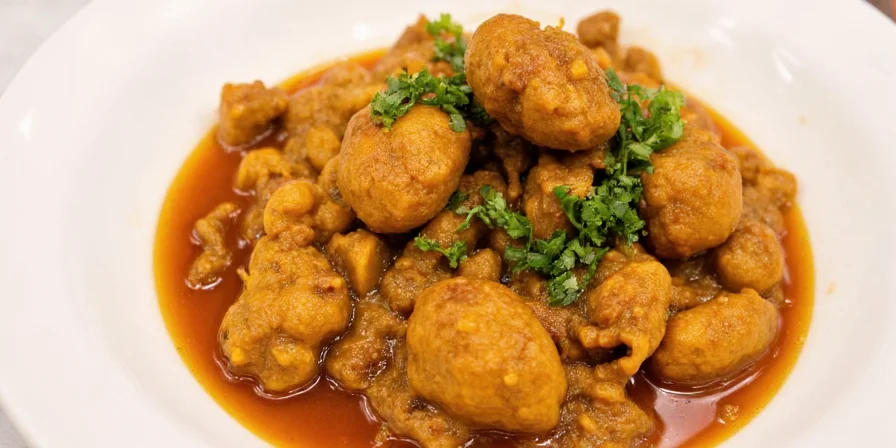
The Sweetness Secret: Why Japanese Curry Feels Like a Hug
The real magic lies in the subtle balance between savory and sweet. This sweetness comes from:
- Caramelized onions: They add natural sugars that deepen the flavor as they brown.
- Fruits or honey: Some recipes sneak in apples or honey to enhance the sweetness subtly.
- Vegetables: Carrots are natural sweeteners when cooked down.
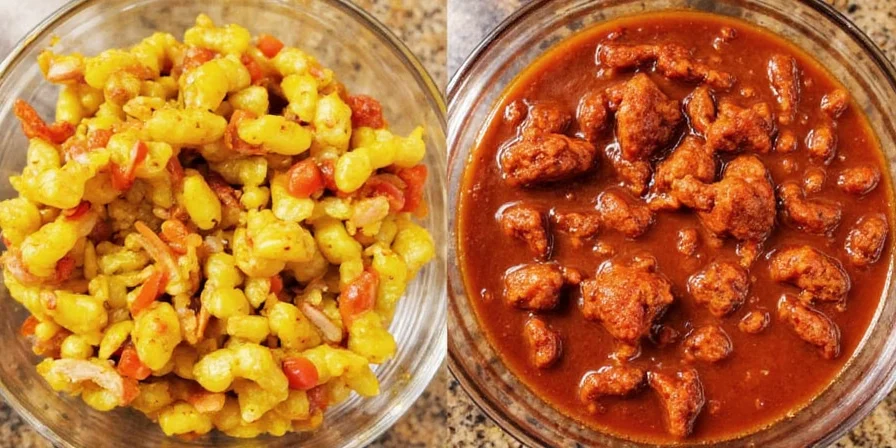
Thickening Agents: The Glue That Binds Everything Together
Japanese curry is known for its sauce-like consistency, which is achieved through:
- Roux blocks: Contain flour, fat, and spices pre-mixed for easy use.
- Simmering technique: Allowing the mixture to reduce naturally over low heat helps concentrate flavors and thicken the sauce.
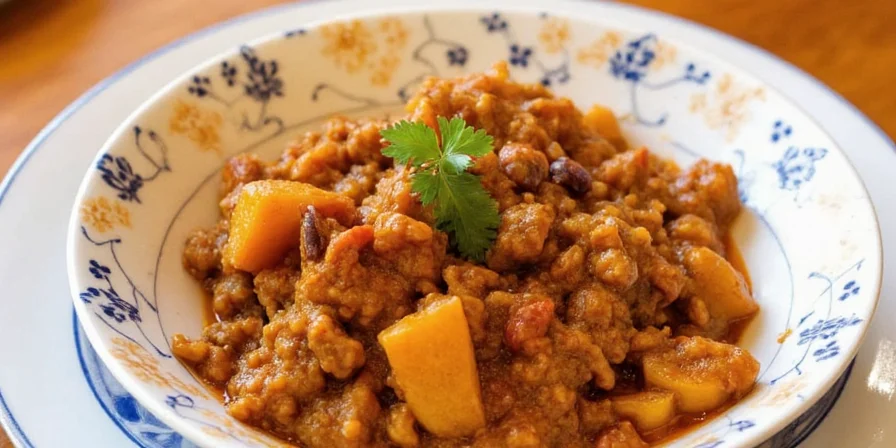
Pro Tips for Perfecting Your Curry: For Home Cooks & Spice Lovers Alike
Whether you’re making your first batch or looking to refine your skills, here are some expert-backed tips:
- Use high-quality roux: Brands like House Foods or Vermont Curry offer excellent options.
- Caramelize onions slowly: Don’t rush this step — it builds the foundation of flavor.
- Add broth gradually: Helps maintain control over the thickness.
- Let it rest overnight: Like many stews, Japanese curry tastes even better the next day!
- Customize your spice level: Choose mild, medium, or hot roux based on your preference.
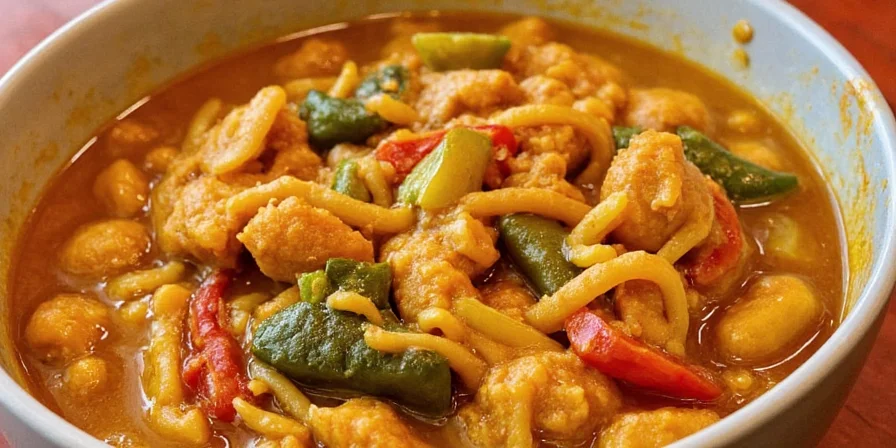
| Region | Style | Unique Ingredient/Twist |
|---|---|---|
| Hokkaido | Dairy-rich | Butter or milk added for creaminess |
| Kagoshima | Spicier | Uses chili oil or hotter roux |
| Kyoto | Mild & elegant | Incorporates dashi for umami |
| Okinawa | Coconut twist | Coconut milk adds tropical flair |
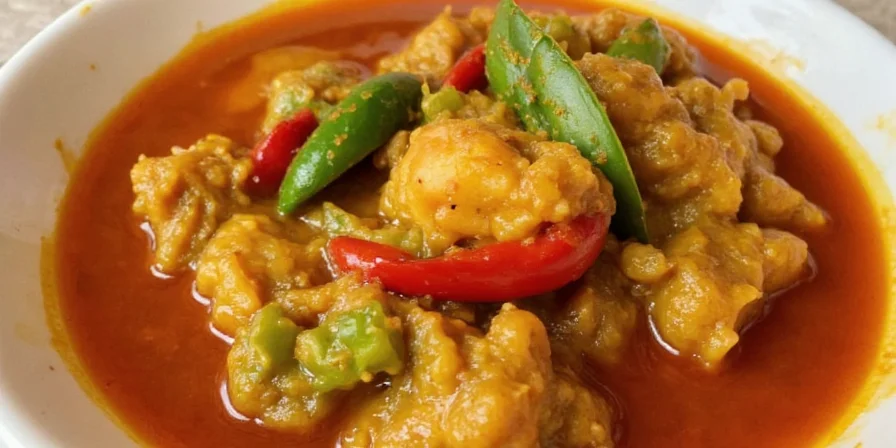
Conclusion: Unlocking the Full Flavor Potential of Japanese Curry
Japanese curry may seem deceptively simple, but it’s the careful combination of humble ingredients that creates its irresistible charm. Whether you're cooking at home or exploring regional variations, understanding the ingredients of Japanese curry empowers you to customize and perfect your version of this beloved comfort food.
So grab your roux block, chop up those onions, and let the aromas fill your kitchen. Curry time has never tasted better!

Frequently Asked Questions
What makes Japanese curry different from Indian or Thai curry?
Japanese curry features a milder spice profile with pronounced sweetness from caramelized onions and vegetables. Its thick, stew-like consistency comes from roux blocks rather than coconut milk or complex spice pastes used in other curries.
Can I make authentic Japanese curry without store-bought roux?
Yes, but it requires precise spice blending. Combine 2 tbsp flour, 1 tbsp butter, 1 tsp each of turmeric, cumin, and coriander, plus 1/2 tsp paprika. Cook into a paste before adding liquid. Note: achieving the signature sweet-savory balance is challenging without commercial roux's proprietary formulations.
Why does my homemade curry lack depth compared to restaurant versions?
Professional kitchens use multi-day simmering and ingredient layering techniques. Key fixes: caramelize onions for 30+ minutes, add grated apple for natural sweetness, and incorporate dashi stock instead of plain water for umami depth. Resting overnight is non-negotiable for flavor integration.
Which regional variation is best for beginners?
Start with Tokyo-style curry using medium-heat roux blocks. Its balanced sweetness and familiar texture provide the ideal foundation. Master this before experimenting with Hokkaido's dairy-rich versions or Kagoshima's spicier interpretations.
How do I adjust consistency if my curry is too thin?
Simmer uncovered for 10-15 minutes to reduce liquid. Alternatively, mix 1 tbsp cornstarch with 2 tbsp cold water and stir in. Avoid adding extra roux as it over-concentrates spices. For authentic texture, grated potato simmered in the curry works best.

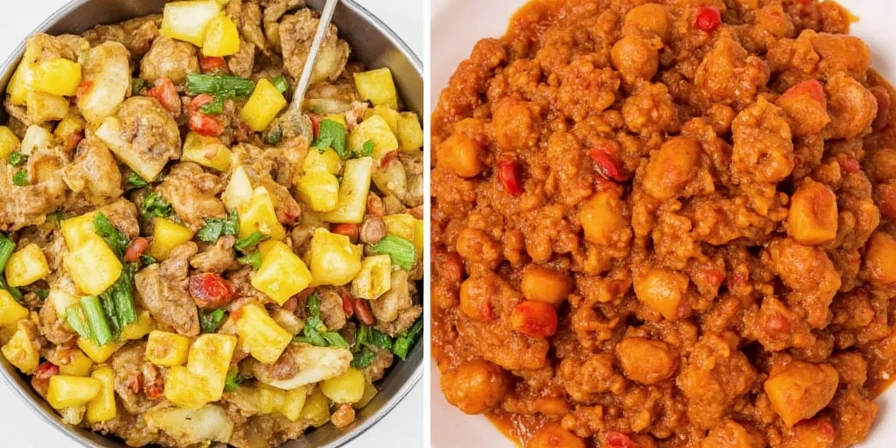









 浙公网安备
33010002000092号
浙公网安备
33010002000092号 浙B2-20120091-4
浙B2-20120091-4